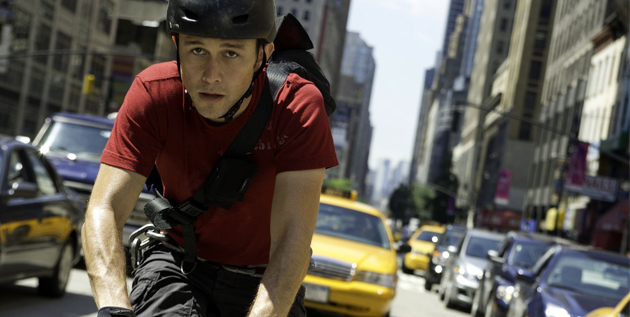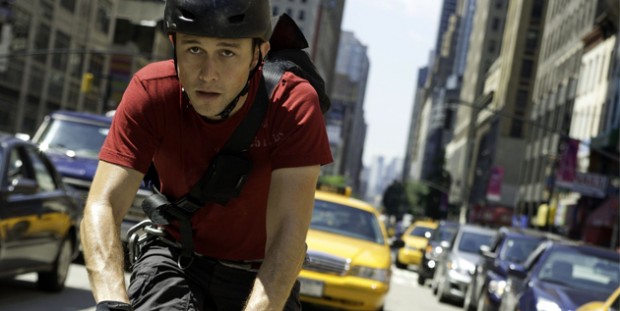
For many a young rising star, there comes the time to prove their worth at the ever-enigmatic box office all on their own. Any young gun can co-star in a successful feature with a proven star by his or her side (see potential stars Chris Pine and Ryan Reynolds ride Denzel’s coattails in Unstoppable and Safe House, respectively). To prove your name is valuable above a film’s title, you must lead it, meaning you are both the film’s star and the film’s marketing campaign. At some point (usually early on), these ambitious pseudo-celebs must go for it, headlining a somewhat small, but significant, studio picture in the hopes of finding an audience they’ve been told by their agents and managers they have already built.
Sometimes its works. Other times, it does not. In honor of the currently-in-theaters Premium Rush, led by the potentially-bankable star Joseph Gordon-Levitt, and the upcoming Lawless, led by the somewhat-established Shia LaBeouf and the yet-to-prove himself Tom Hardy, we have compiled a list of well-established stars and their early attempts at studio success that they would most likely have erased from the planet if given the choice.
Some guidelines before we dive in. We will avoid the era before the “super movie star,” and instead focus on that time of about two decades (let’s say mid-80s to 2005-ish) when actor juggernauts were making $20 million up front to star, and 20 percent of the backend gross of, a given project. We have also decided to avoid Bruce Willis and John Travolta, two stars who have made a career out of slipping and falling after delivering the goods from one project to the next (need we remind you of easy targets like Hudson Hawk and Staying Alive). While Premium Rush landed with critics but not audiences, the films listed below are all (minus one or two exceptions) widely regarded as both critical and commercial duds.
In chronological order:
Tom Hanks – The Man With One Red Shoe (1985)
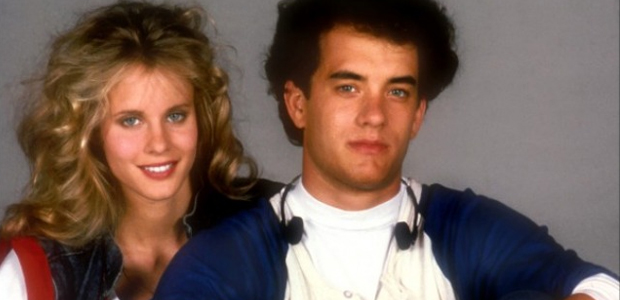
Following surprise hits Splash and Bachelor Party in 1984, young Tom Hanks was well on his way to stardom. And then 1985 happened, and with it The Man With One Red Shoe. Though it be regarded as a cult comedy classic in some camps now-a-days, director Stan Dargoti‘s follow-up to his hit Mr. Mom was largely ignored by audiences and generally disliked by critics.
Hanks plays a musician who is mistaken to be a spy in what was felt, at the time, to be a misguided satire of government policy. One imagines that the on-the-nose-ness of its commentary would be far better received these days, given the success of something like The Campaign. Critics, like Janet Maslin of The New York Times, accused the film of being a bit of a mess and Hanks for being a bit bland. It would gross less than $10 million at the box office.
Denzel Washington – Heart Condition (1990)

Denzel fired his agent for this one, who convinced the young buck to take the co-lead (alongside Bob Hoskins) in this broad comedy about a racist cop who gets a heart transplant, only to find that his new heart once belonged to a slick, black lawyer (Washington). That same lawyer appears as a ghost, comically (or not so comically), criticizing said cop’s inadequate life choices. Washington was on a roll up until this point, impressing in mostly supporting roles that garnered one Academy Award nod for Cry Freedom and one win for Glory.
Heart Condition came and went in theaters, grossing less than $5 million. And while it was generally lambasted by critics, Washington survived the storm, following up his misstep with interesting turns in both Spike Lee’s Mo’ Better Blues and Mira Nair’s Mississippi Masala not long after.
Brad Pitt – Cool World (1992)
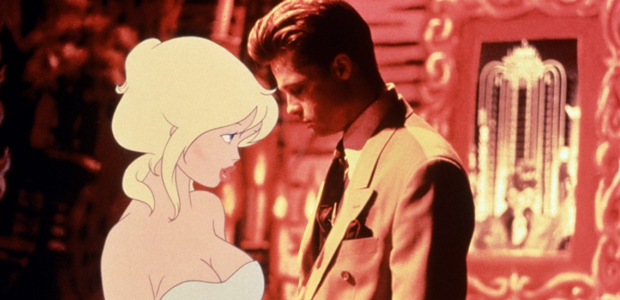
After making a big splash in Thelma and Louise and being declared a star-to-be by indie powerhouse Harvey Weinstein following his performance in the Tom DiCillo picture Johnny Suede, Pitt tried for Roger Rabbit territory with Ralph Bakshi’s Cool World. Plagued by studio interference, including a secret studio rewrite by Paramount, Bakshi lost control of the project. What was once an R-rated animated film about a young woman, born of both a human and cartoon character, who seeks to kill the father who abandoned her became a film about a cartoonist (Gabriel Byrne) who finds himself in the fictional world he created and seduced by one of his femme fatales (Kim Basinger). Pitt plays the detective hot on the seductress’ trail.
Bakshi threatened to leave the film. Paramount responded with a threat to sue. Suffice it to say, Pitt would not break out because of this one, which grossed a paltry $14 million against its reported $28 million budget.
Julia Roberts – I Love Trouble (1994), Mary Reilly (1996)

After establishing herself in the early 90s as a reliable force of star power, Roberts slipped in the mid-90s. Though I Love Trouble made back its $30 million budget with just about $30 million in box office receipts, Nick Nolte claimed he “sold his soul” in making the picture, while Roberts would later claim Nolte was the “worst actor” she had ever worked with. Charles Shyer‘s film was gutted by critics, Nolte and Roberts blamed primarily for their pronounced lack of chemistry.
Two years later, Roberts would offer up Mary Reilly, in which she played the housemaid of Dr. Jekyll and, of course, Mr. Hyde (played by John Malkovich). The film, which went through several stages of pre-production (Tim Burton was meant to direct, then dropped out) before Stephen Frears stepped in as director, forced Roberts to try on a now infamous Irish accent. Many felt she was miscast in the role and lacked chemistry (sound familiar?) with Malcovich, all the while alienating her fan base. Mary Reilly grossed less than $6 million. That same year she would also falter in a supporting role in Neil Jordan’s Michael Collins, further diminishing what was once a bright star. Roberts smartly took on My Best Friend’s Wedding in 1997, and everything went back to normal.
Johnny Depp – Nick of Time (1995)
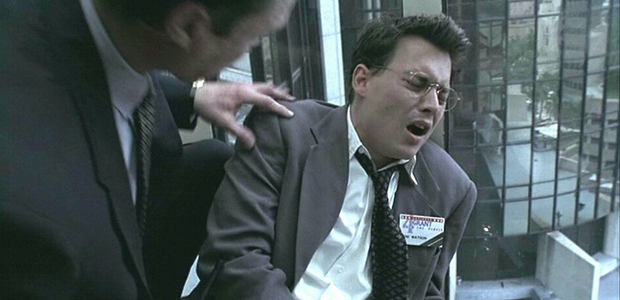
This is a weird one. After years of making a name for himself for the studio films he turned down (Backdraft and Indecent Proposal two of the many alleged) and the odd-ball ones he took on (from Cry-Baby to Benny and Joon), Depp decided to headline John Badham‘s Nick of Time, a tame thriller that felt tired and dated the day after its release.
The general populous felt the same way, the film grossing less than $10 million and receiving less-than-favorable reviews. It has since been noted for its use of real-time narrative, but usually in reference to other films that have used the same style troupe more intelligently (re. Rope, High Noon).
Sandra Bullock – Two If By Sea (1996)
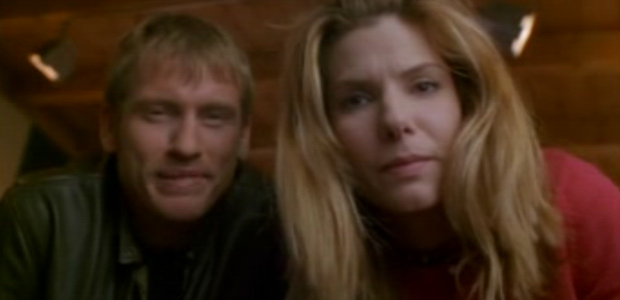
This one should have been a no-brainer type of hit. Bullock, a proven romantic lead with enough funny to keep it light in fare like Speed and While You Were Sleeping, paired up with the up-and-coming comedian Denis Leary in a heist rom-com of sorts. Unfortunately, the film is that plus a whole bunch more. Convoluted subplots and narrative twists bog down what could have been a light, breezy crime caper. Bullock faced some of the worst reviews of her career, while the film essentially ended Leary’s shot at being a movie star of any kind.
What’s worse? It made no money. Two If By Sea grossed just over $10 million during its run.
Matt Damon – The Legend of Bagger Vance (2000), All The Pretty Horses (2000)
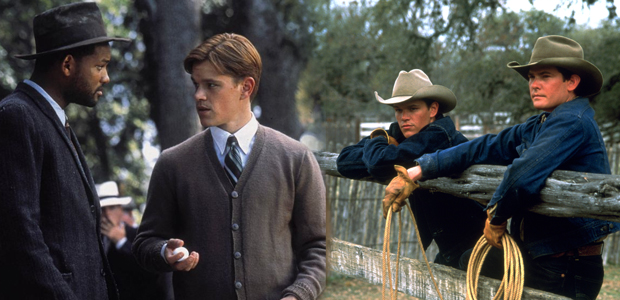
Or, the year in which Matt Damon learned the hard way that he was not born to play the romantic lead. Years later, the actor would tell Details that he realized he wasn’t the man to deliver a syrupy line like ‘I liked the way we danced.’ He told director Robert Redford as much, but still the line made it into the film. The end result was a sappy sports drama featuring a controversial Magical Negro character named Bagger Vance, played by Will Smith in one of his few notable career missteps.
Vance was praised by some (Ebert being one of them), but hated by most. Filmmakers, most notably Spike Lee, and critics alike came out against the film both for its general disregard for racial tones or commentary and the shallowness of the story. It grossed just over $39 million, not making half of its reported $80 million budget.
That same year, Damon led All The Pretty Horses, the Billy Bob Thornton-helmed adaptation of the beloved Cormac McCarthy novel of the same name. Harvey Weinstein and his Miramax team would go on to rewrite and recut the film Thronton intended to make in favor of one with a more-focused romance between up-and-comer Damon and the beautiful Penelope Cruz. What resulted was a beautifully-lensed, scattershot piece of romantic cinema that Thronton disowned and nearly lost his mind (and career) over. Ever the crude businessman, Weinstein saw the writing on the wall and dumped the intended epic into a busy Christmas 2000, bleeding out the project quickly. Horses grossed $18 million worldwide off a budget of nearly $60 million.
Cameron Diaz – The Sweetest Thing (2002)
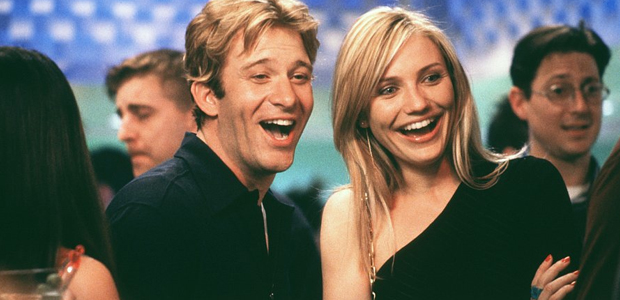
Thanks to There’s Something About Mary, Diaz presented herself as a beautiful actress who could also land more than a few jokes, a sure double threat in Hollywood. Unfortunately, the raunchy comedy that was to prove she was the well-rounded leading lady everyone wanted her to be was the misguided The Sweetest Thing.
Thanks to better, female-led raunchfests like Bridesmaids and Bachelorette that would come years later, The Sweetest Thing gets a little credit these days for being one of the first, all-girl R-rated forays into comedy. Unfortunately, the movie is so bad it most likely hurt the progression of the subgenre more than it helped. Diaz plays a single lady living like so many womanizing single men do. She chews men up and spits them out. Until she meets, you got it, Mr. Right (Thomas Jane).
Most decided the film was mostly wrong, unfortunately. Critics called it gross and hit-or-miss with its gags (of which there are plenty), and audiences offered up less than $30 million in domestic box office receipts. Diaz would go on to find her niche in the world of rauch with last year’s Bad Teacher, which emerged as a break-out hit.
Angelina Jolie – Life or Something Like It (2002)
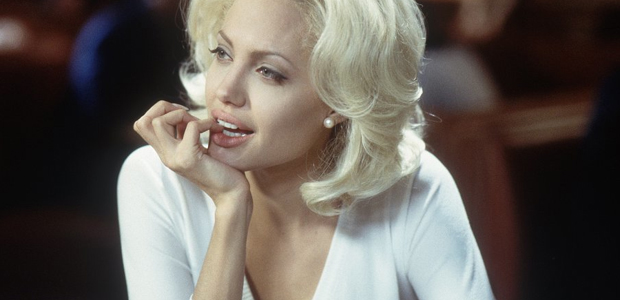
This was just a bad idea from the start. Jolie plays an ambitious reporter who interviews a homeless guy, played by Tony Shalhoub no less, who tells her she’s going to die and that her life means nothing. This messes her up a bit, so she falls for her camera guy, played by Edward Burns.
Jolie, up until this point, had impressed in smaller, creative fare like Pushing Tin, Hackers and Girl, Interrupted (for which she won an Oscar), and entertained in big, dump vehicles like Lara Croft: Tomb Raider and Gone In Sixty Seconds. Life or Something Like It would be her second stumble in a row (following the strange sex thriller Original Sin with Antonio Banderas in 2001). In many ways, it reads as a half-hearted apology for the hard-R Sin from the year before, only it’s a much worse film with only Jolie to blame.
That said, it appears to be a turning point in the actress’ career. After the utter failure of this one (less than $20 million worldwide, $40 million budget), Jolie would return to the interesting choices that defined her early on.
Channing Tatum – The Eagle (2011)

The film that confirmed what most of us already knew: Channing Tatum is not Russell Crowe. But kudos to the kid for trying. Now that he’s established himself as the first legitimately bankable star to come around the Hollywood block in some time, we can laugh about Kevin Macdonald‘s mini-epic, which featured Tatum as a Roman general who travels to find the eagle emblem of the lost legion his father commanded. Jamie Bell co-stars as Tatum’s slave, accompanying the general on the arduous journey.
Though it had a reported budget of $25 million and did take in $27 million worldwide, Focus Features marketed the feature heavily, relying on Tatum as their new sword-and-sandal star. The response by critics was decidedly mixed, many claiming the young hunk lacked the gravitas to carry a film of such magnitude.
Which of your favorite stars fell hard in the beginning?
[Additional Sources: Box Office Mojo, The NY Times, The LA Times, Details, Yale Bulletin]
Page 1 – Page 2

